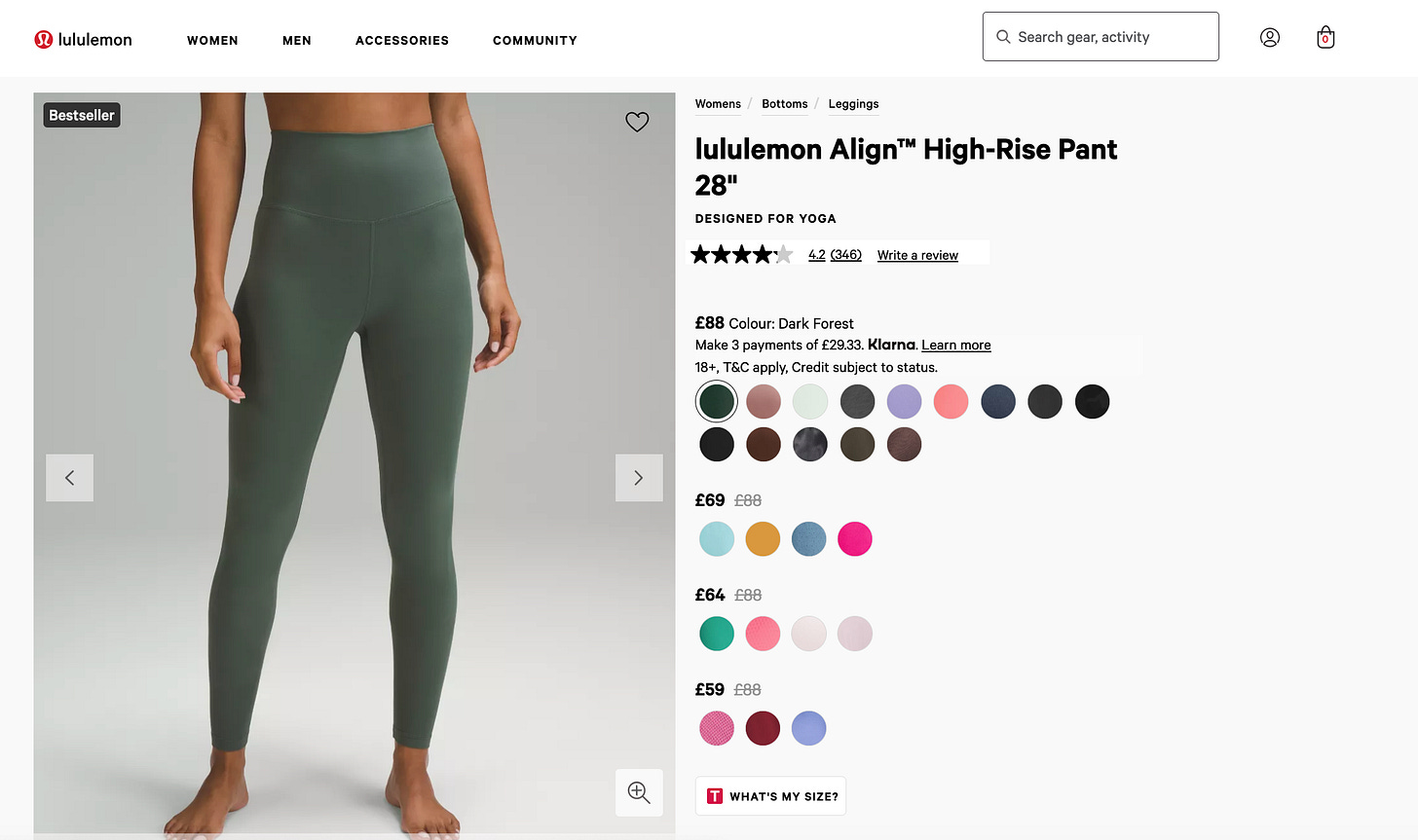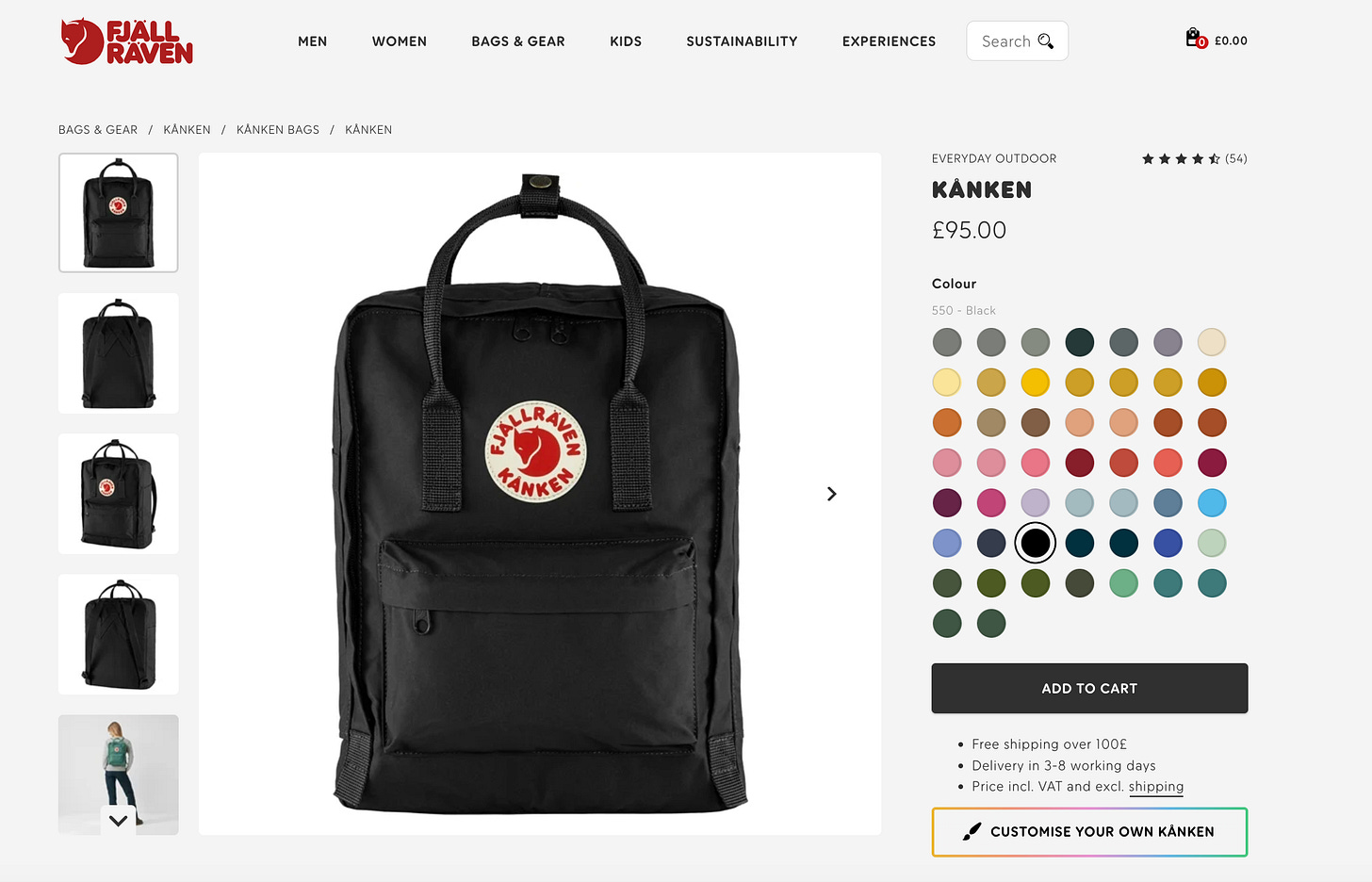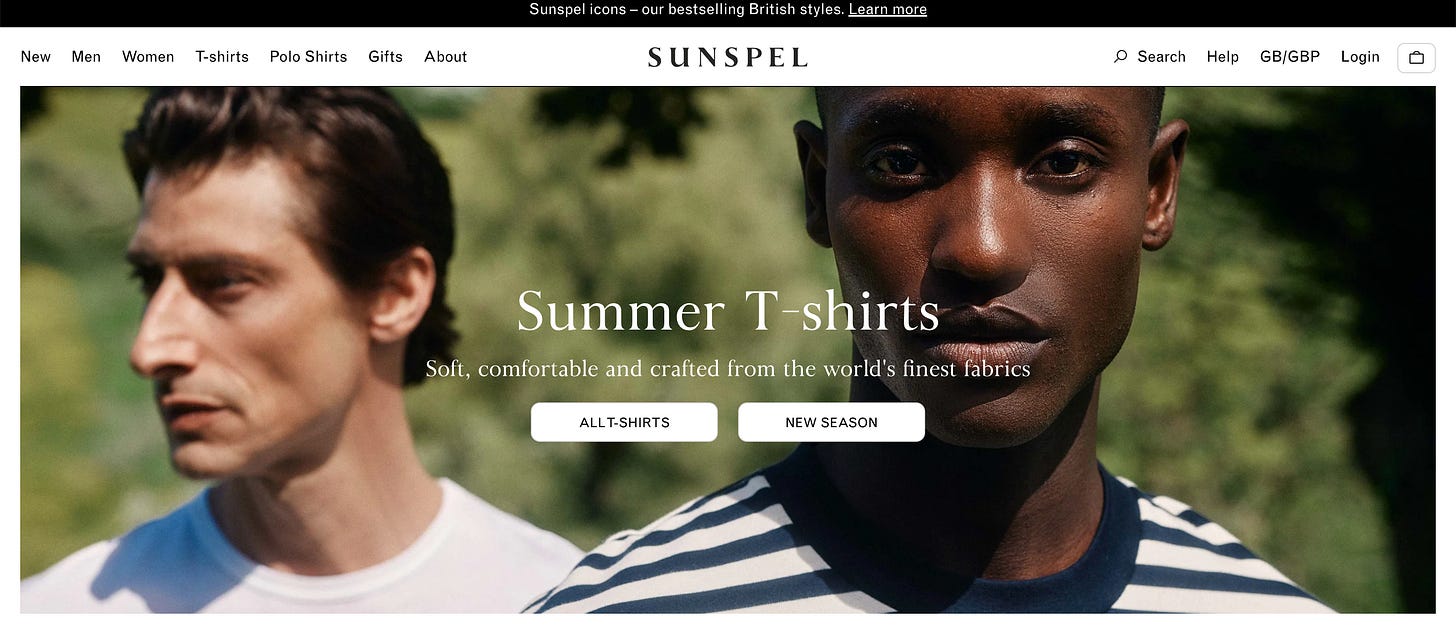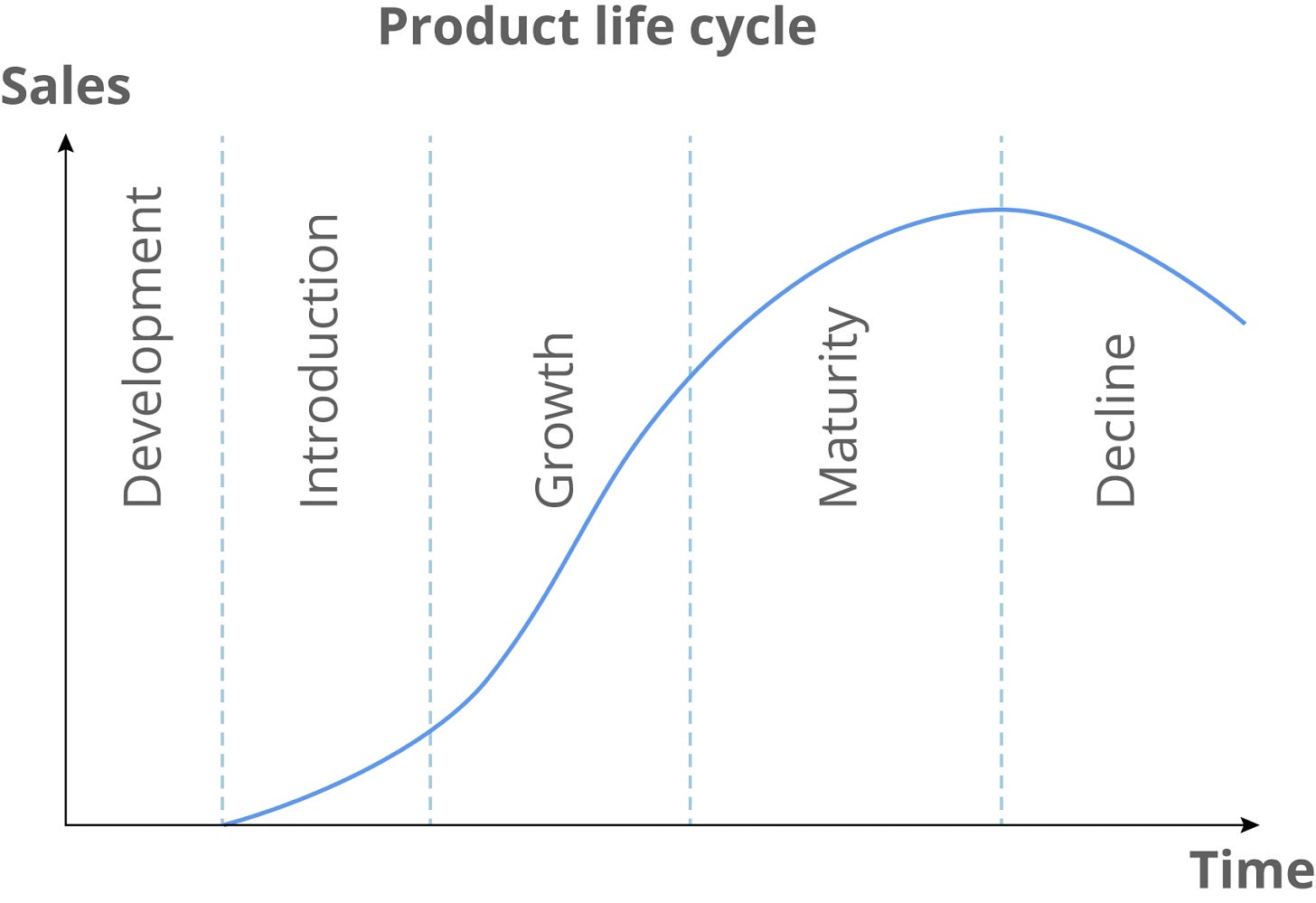Creating a Hero Product: The Pros and Cons of Creating a Winner.
Hero products, are they good for business? Revenue drivers and brand definers - but are there underlying issues to creating such winners?
Hero products are the golden geese in your collection. They’re the products that drive revenue, increase profitability and ultimately define your brand. Although hero products are more common place in consumer goods brands, there are certainly examples in the clothing industry which define a brand’s category - think the Hermès Birkin bag or Levis 501 Jeans.
Bain & Co discuss the strategy for hero products by highlighting “Winning brands make their “heroes” the focus of their innovation strategy. Heroes are the handful of products for any particular brand that every shopper will know and look for and that contribute the bulk of sales and profits for both the manufacturer and the trade.”
Consider Heinz. In 2002, after a century on the shelves of supermarkets, they released their infamous upside-down ketchup bottle, a move which saw sales increase by 6%, compared to rest of the category which grew by just 2%. Within a year, their ketchup sales increased by a whopping 25%, unheard of in a relatively predictable category like condiments.
This innovation showed not only that shoppers would pay for convenience, but innovation of your hero products, rather than innovation in other categories, can lead to sharp increases in revenue and profitability.
Case study: lulemon Align™
When I worked at lululemon, I was able to discover the inner workings of a global behemoth of a brand. Through my time working in the store, I soon discovered that much of the company’s revenue came from a single fabric, Nulu™.
The Nulu™ fabric is a propriety blend of super soft and lightly supportive yarns knitted together to form a one-of-a-kind fabric, that frankly, women go crazy for.
Dubbed by lululemon as a ‘naked sensation’ ie, feeling like you’re not wearing anything at all, the Nulu™ fabric forms the foundation of the Align™ product offering. I would say during my time there, we’d sell around five Align™ leggings to one of every other legging (and they carried about ten legging styles at a time). That just shows the power and importance that product/fabric held in a sea of other products they sold.
lululemon would go onto produce the legging in multiple variations, including a longer length, a legging with pockets, a crop version, a ribbed version, a super-high rise version and many more. The Nulu™ fabric is the cornerstone of their business, and taking advantage of it’s popularity through offering multiple products in the fabric makes financial and commercial sense.
Case study: Fjällräven Kånken
Fjällräven, the Swedish brand founded in 1960 has been a mainstay for Swedish trekkers and nature lovers over the past 60 years. Whilst Fjällräven started with a wooden framed backpack in the 60’s, it was the 70’s and 80’s which saw the range expand significantly, with the likes of the Greenland Jacket, the Expedition Down Jacket and the case in point, Kånken backpack.
The Kånken was originally designed for school kids in 1978 as a way of improving their posture and allegedly help alleviate back problems they were suffering. First year sales were modest, just 400 units sold. The year after, the bag became somewhat of a phenomenon, selling 30,000 units.
Today, you’ll be hard pressed not to walk down the streets of a major city and not spot a Fjällräven Kånken. The simple yet functional bag has become somewhat of a cult classic, with its distinctive square shape and arctic fox logo.
Nathan Dopp, CEO of Fjällräven in North America says that the Kånken makes up just shy of 50% of their business. Incredibly high, but he goes onto say when Fjällräven launched in the US, the Kånken made up 98% of business, showing that the brand is actively trying to diversify its product mix.
Fjällräven has certainly capitalised on the success of the Kånken range of products, with the introduction of style variants such as the Kånken Mini, Kånken Laptop Bag, Kånken weekender bag and more. There’s also no shortage of colour options, with the Kånken backpack coming in a staggering 51 colours.
This is certainly Fjällräven’s hero product, but is the reliance on one product a good or bad thing? Let’s break down the pros and cons of building a hero product.
Pros
Revenue driver
There’s no doubt that building a hero product has a great advantage as a revenue driver. When you’re starting out, the importance of cash flow can’t be overlooked. If one of your products gets lots of traction over others, I’d recommend capitalising on it’s popularity as much as possible. This can be done by doubling down on marketing spend for that product, featuring it on your homepage, gifting to influencers for user generated content, sending it to press contacts, producing content marketing features on it, and so on. Driving revenue allows for reinvestment into the business, critical to scalability.
Economies of scale
Simply put, economies of scale is a proportionate saving in costs gained by an increased level of production. As you buy greater quantities of raw materials, produce higher numbers with your factories, the cost per unit comes down.
This is an ideal scenario for hero products. Your best selling product will benefit from greater profitability at unit price level, leading to more profit for the business.
New customer acquisition
The advantage of a hero product which is gained cult like status such as the Fjällräven Kånken or Birksenstock Clogs is that it brings customers to the brand that would have probably not bought before. Acquiring new customers is an expensive process, but if you have a hero product that drives the initial interest, you’ve acquired a new customer at very little cost. Those customers can then go onto become advocates of the brand, buy into new categories and become life-long customers, all because of that hero product.
This might not happen all the time, but, there will be circumstances where a customer has been so happy with their Fjällräven Kånken that they go onto buy other Fjällräven products, such as the Greenland Jacket or Expedition Down Jacket. Getting that initial customer on board is the most important thing for any brand - keeping them then becomes the responsibility of the brand.
Cons
Product reliance
Where hero products deliver in their ability to drive revenue, and new customer acquisition, they also come with disadvantages. One of the biggest issues with hero products is the notion of product reliance, or over-reliance. If you’re constantly counting on your hero product to deliver your business revenue, you’re living on a knife-edge.
Products tend to follow a life-cycle in which they launch, grow, mature and eventually decline, highlighted in the diagram below.
With hero products, the growth and maturity stage are prolonged, allowing for the capitalisation from the business. Why some products have prolonged maturity stages could be for a number of reasons, but what’s certain is that eventually they will see a decline.
This is why the reliance on one product in your range can be catastrophic. If you’re business revenue comes from one product in your range, and it suddenly sees a steep decline in demand, (and you’re not prepared), it can be the end of the business. Make sure you’re taking steps to build a contingency plan for if that scenario does arise.
The ‘known for’ brand
When Fjällräven launched the Kånken, I don’t think they were expecting to be known solely for that product. However, amongst many areas of the world, they are identified for exactly that. Within Sweden, avid trekkers and hikers probably know Fjällräven for their durable, highly functional outdoor wear. Outside of that circle, their fame stems from a simple square backpack, with a customer they probably never saw acquiring.
This may be you want for your brand. Maybe you use a hero product to build a foundation and you’re able to branch out into different categories from there. Or, you build a range and one product becomes a signature and you use that as your foundation for growth.
I was in a bar in Cape Town many years ago with my brother and conveniently sat next to the owner and his wife. He asked if we wanted to try their best-selling cocktail - we obliged. From memory, it was an espresso martini with chocolate foam of some sort - it was delicious. The funny thing about it was that it wasn’t on the menu. He explained how he had taken it off the menu because that drink was what the bar was becoming known for, and that isn’t what he wanted for it. This just shows how you manage your hero products is completely up to you.
Final note
As a start-up, cash flow is paramount. My advice, as a start-up, would be to double-down on any hero products that get adopted by the market. As more revenue comes flowing into the business, you at least have the opportunity to spend money as you see fit, whether that’s building your brand around that hero product, or pivoting into new categories. Hero products increase brand exposure, drive new customer acquisition, and ultimately increase revenue.
It’s important to have a contingency plan however. Although hero products will have a prolonged period of growth and maturity, things don’t last forever. Make sure you have a plan for when that product eventually reaches their decline stage.






